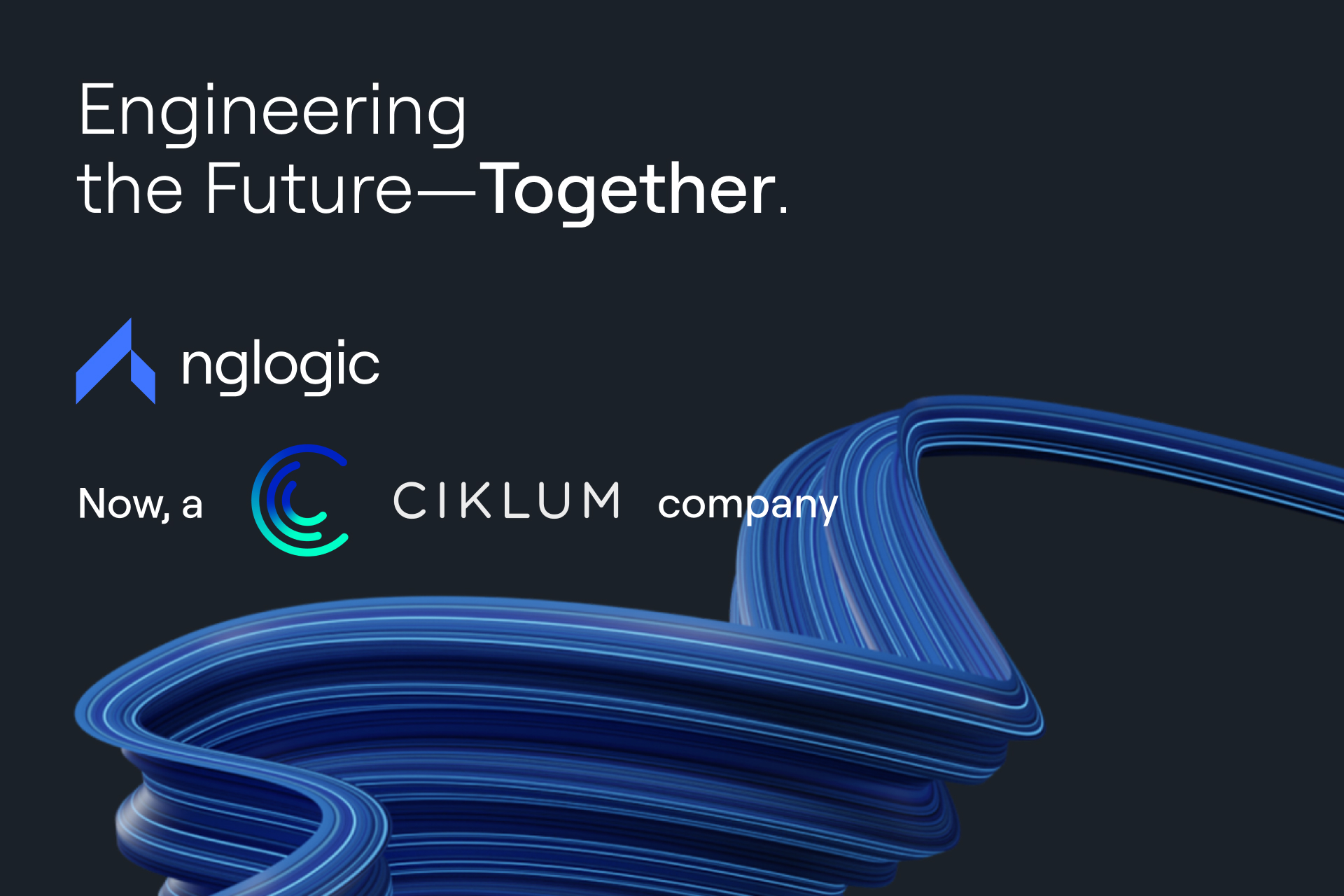Python lies at the heart of many leading web applications. Businesses and programmers love this language for its simplicity which, paradoxically, facilitates the development of very complex systems. Find out how top big tech companies use Python in their platforms.
Python is the language of choice for data scientists, machine learning experts, and backend developers. It is heavily used in web development, business applications, e-commerce, game development, and many other areas. You can find Python app examples in almost any field of IT.
Python’s key advantages
Python’s primary features include simplicity, readability, conciseness, flexibility, and an extensive repository with an immense amount of ready-to-deploy solutions.
Python web applications can be found on some leading websites like Google or Facebook, as well as at the backend of highly specialized business platforms, such as Salesforce.
Despite being primarily a web server and data analysis language, Python also offers handy frontend frameworks, such as PyScript, Brython, or Anvil – a drag-and-drop web app builder.
Python is great for building web apps
Still, the language is incomparably more popular in the backend area. Its key resources in the web app compartment include Django, a powerful tool for creating Python-driven web applications, and the Flask microframework, which is a great choice if you want to build a minimal web app.
Python also offers numerous packages that contribute to efficiency in developing web projects. The resources are growing continuously, as many companies powering their web pages with Python devise their own libraries for specialized applications and make them available as open-source code.
Python’s ecosystem is truly impressive, as are web applications created with this language. Find out some of the most notable Python web app examples.
Google – “Python where we can”
Python has been one of the official programming languages at Google from day one, alongside C++ and Java. A phrase coined by the company’s founders, which became its engineering motto, “Python where we can, C++ where we must,” aptly sums up the status Python has enjoyed at Google and the role it played in developing the world’s largest search engine. It’s also worth reminding that the language’s creator, Guido van Rossum, worked for the giant between 2005 and 2012.
Python powers plenty, if not most, of Google’s web apps and other projects, including Google Search, YouTube, Google Cloud, and Google App Engine. Google has also been using Python for its artificial intelligence, machine learning, and data science projects, as the language provides robust libraries for this type of application, such as NumPy, Pandas, PyTorch, Keras, and more.
What’s more, Google Brain, a deep learning AI research team within Google, developed TensorFlow – one of the largest Python libraries focused on training deep neural networks.
Facebook – millions of lines of Python code
Facebook, currently Meta, is another big brand and big web app built with Python. According to the post on Meta’s engineering blog, Python is one of the three most popular programming languages at the company, the other two being Hack, Meta’s in-house version of PHP, and C++.
As much as 21 percent of Facebook’s infrastructure is written in Python code. Considering the size of the platform, this proportion implies millions of lines of code and thousands of libraries.
Python applications are heavily used for managing Facebook infrastructure. They power services involved in network switch setup and imaging, auto-remediation of server hardware faults and service failures, fault detection and diagnosis with the machinechecker command line interface (CLI) utility, and other processes.
Facebook engineers also use Python for configuration management, data validation, database administration, automatic safety checks, and more.
Instagram – the largest deployment of Python’s web development framework
Instagram, another of Meta’s flagship brands and the world’s largest picture-sharing app, relies on Python even more than Facebook. According to the company’s engineering team, Instagram features the world’s largest deployment of the Django framework – the most popular of Python web frameworks.
Python’s simplicity corresponds with Instagram’s philosophy which advocates “doing the simple thing first.” However, the language is not considered to be the top choice if you’re looking for the highest possible efficiency. Thus, the network’s rapid growth necessitated enhancements to its scaling capabilities which were achieved with… Python!
Instagram engineers built a CPU regression tracking tool and combined it with a Python profiler application which allows developers to find the root cause of the regression. As a result, they managed to optimize the use of CPU resources to process more user requests per second.
Netflix – full content lifecycle powered by Python
Netflix is another big tech company with Python in its tech stack. The streaming giant uses this programming language throughout its content lifecycle, from the content funding stage, through deploying security tools and recommendation algorithms, to running the content distribution network, which delivers the final video to over 220 million Netflix subscribers.
The company utilizes all sorts of commonly available Python packages for a variety of applications. The most notable include NymPy and SciPy for performing numerical analysis, Boto3, a Python-dedicated SDK of AWS, for integrating Python into AWS virtual environment, RQ library for running asynchronous workloads, and Flask framework APIs for wrapping up those tools.
The tech giant also contributes to multiple open-source Python libraries, such as Metaflow, VMAF, Dispatch, and many more available in its GitHub repository.
Spotify – 80%–based on Python applications
Python is the main programming language used by the Swedish giant. Spotify’s engineers also write code in Java and, to a lesser extent, in C and C++.
Python scripts constitute around 80% of source code powering interdependent backend services of the streaming platform. Spotify praises Python for the speed of development and its asynchronous frameworks that facilitate the development of IO-bound services. Similarly to other big tech companies, Spotify makes use of Python’s potential for data science.
The company developed Luigi – a module for building complex pipelines of batch jobs, which facilitates interactions with Hadoop. Other Python-based tools used by Spotify include a range of machine learning libraries, GraphWalker testing studio, and the Django framework.
Quora – scalability-focused Python application
As a question-and-answer social website, Quora was developed with scalability and reliability in mind. Initially, the company’s founders considered such languages as PHP, Java, C#, OCaml, and Haskell, but on closer evaluation, they decided to go with Python.
The key reasons were its flexibility, simple syntax, code readability, and an extensive standard library. All these features contribute to overall Python’s reliability and make development faster and less error-prone.
There were also other factors that tipped the scales in favor of Python, such as dynamic typing, one of the language’s key characteristics, and Python’s support for deep learning.
Quora’s engineers recognize Python’s issues with speed. At the same time, they point to developments that have helped to deal with this predicament, such as the PyPy implementation. However, they use C++ for performance-critical scripts.
Uber – built with Python, Go, and Java
Uber is a company providing ride-hailing, delivery, and transportation services collectively classified as mobility-as-a-service. With around 120 million users, 5 million drivers, and over 17 million trips completed per day, Uber’s ecosystem crunches huge volumes of data.
To efficiently process this information and derive actionable insights from big data, the company uses all sorts of data analytics and machine learning tools and techniques. This, obviously, involves Python with its neat and robust data science libraries.
By rough estimation, the Python programming language makes for about 30–40% of Uber’s tech stack, with a significant part of the code developed with the Flask web framework.
In recent years, the company has made some upgrades, breaking up original code into microservices and implementing an asynchronous programming model for improving throughput. One of the solutions that made it possible was Tornado – a Python web framework and an asynchronous networking library. Apart from Python, Uber uses Node, Go, and Java.
If you’re looking to launch a Python project and need expert advice or want to augment your team with highly qualified professionals or even a single highly-skilled Python developer, feel free to reach out! We have a ton of experience in both web development and building custom Python applications.













 +1 (888)
413 3806
+1 (888)
413 3806